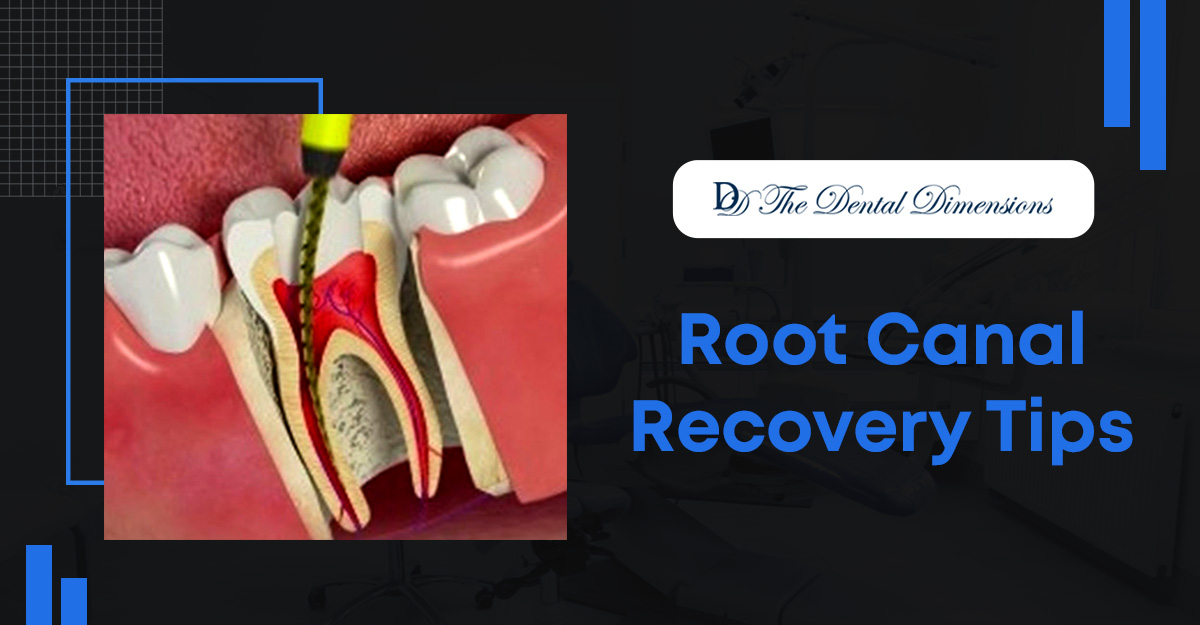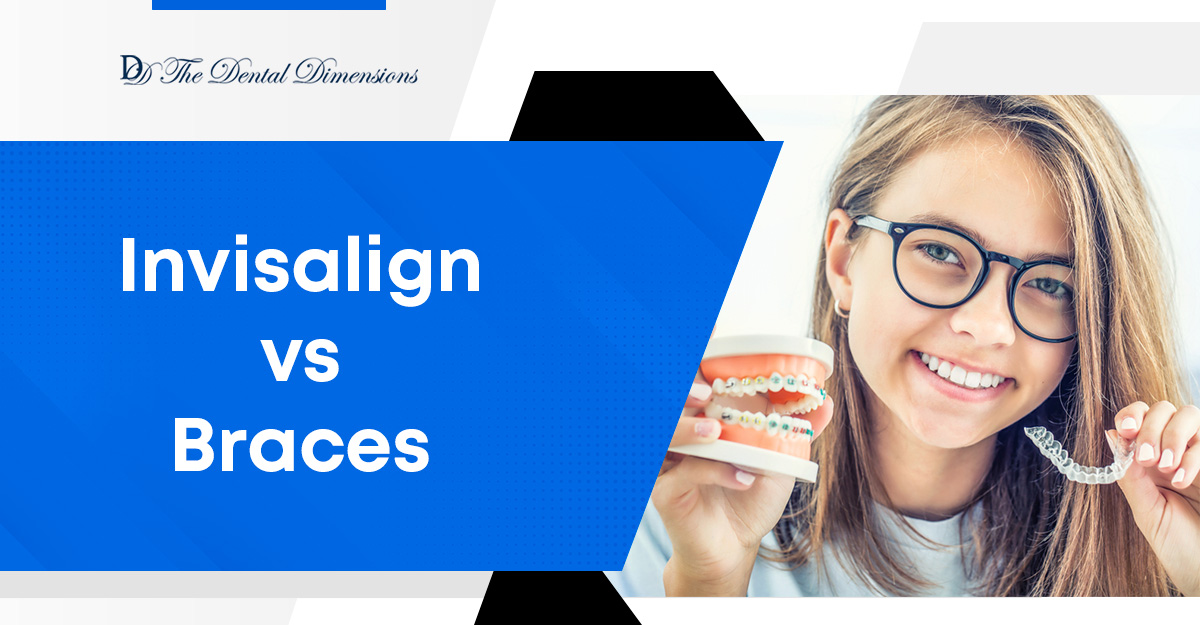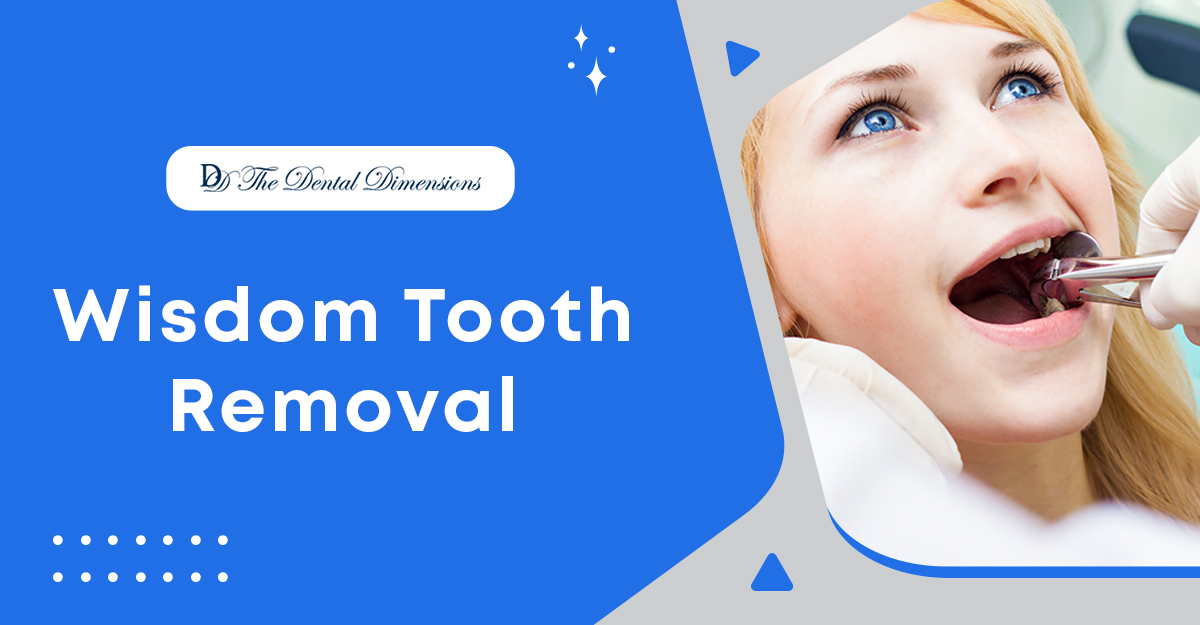Following a root canal procedure, patients may experience some initial discomfort. However, adhering to a well-defined recovery plan can significantly enhance the healing process and minimize potential complications. Here are the top 10 recommendations to ensure a smooth and comfortable post-operative experience.
1. Take it Easy:
Your body needs time to heal after any medical procedure, and a root canal is no exception. Plan to take it easy for the next couple of days. Avoid intense activity or anything that could put pressure on your treated tooth.
2. Mind Your Medication:
Dentists will likely prescribe pain medication to help manage any discomfort after the procedure. Be sure to follow their instructions carefully regarding dosage and frequency. Don’t wait until the pain becomes severe before taking medication. Over-the-counter pain relievers might also be helpful.
3. The Power of Chill:
Swelling after a root canal is a common occurrence, but there are ways to keep it under control. Apply a cold compress to your cheek near the treated tooth for 15-20 minutes at a time, several times a day. The coolness will help reduce inflammation and ease discomfort.
4. Food for Thought (Literally!)
Your mouth will be a bit tender after the procedure, so skip the tough and chewy foods for a while. Opt for soft, easily chewable foods. As your mouth heals, you can gradually reintroduce harder foods.
5. Say No to Certain Stimulants:
Smoking and alcohol consumption can hinder healing and increase the risk of infection. It’s best to avoid these altogether while your body recovers.
6. Keep it Clean:
Maintaining good oral hygiene is crucial during recovery. Brush your teeth gently twice a day, being careful around the treated tooth. Use a soft-bristled toothbrush and gentle toothpaste. Don’t forget to floss around the treated tooth as well, but be extra careful not to irritate the area.
7. Listen to Your Mouth:
Your mouth will be your guide during recovery. If you experience any unusual pain, swelling, or bleeding, contact the dentist right away. Dentists can assess the situation and provide the necessary treatment.
8. Temporary Solutions:
If a temporary crown was placed on your tooth, be extra gentle with it. Avoid chewing hard foods on that side and be mindful not to bite down on anything too sticky. If the temporary crown comes loose or falls off, contact your dentist for a replacement as soon as possible.
9. Hydration is Key:
Staying hydrated is important for overall health, and it’s even more crucial during recovery. Drink plenty of water throughout the day to help flush out bacteria and promote healing.
10. Patience is a Virtue:
Remember, complete healing after a root canal can take a few weeks. Don’t get discouraged if you experience some minor discomfort for a few days. Stick to your aftercare routine, listen to your body, and gradually return to your normal activities.
While some discomfort is expected, be sure to contact the dentist at The Dental Dimensions at San Jose, if you experience any severe pain, increased swelling, or difficulty breathing.
Following these simple tips will help ensure a smooth and comfortable root canal recovery. Remember, good communication with your dentist is key. Don’t hesitate to ask any questions or voice any concerns you might have throughout the process.












